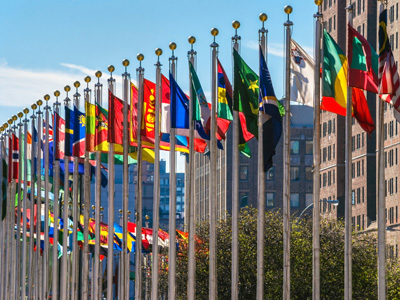

USA: 1945-1975 - Civil Rights In The 1970s And The Civil Rights Of Other Groups
This U.S. History quiz is called 'USA: 1945-1975 - Civil Rights In The 1970s And The Civil Rights Of Other Groups' and it has been written by teachers to help you if you are studying the subject at middle school. Playing educational quizzes is a fabulous way to learn if you are in the 6th, 7th or 8th grade - aged 11 to 14.
It costs only $19.50 per month to play this quiz and over 3,500 others that help you with your school work. You can subscribe on the page at Join Us
The 1970s saw some progress in achieving equal rights for African Americans, after the campaigns and legislation of the 1960s. Following their example other groups in the USA began to find their voices. Native Americans, Hispanics, women and homosexuals all called for their own civil rights.
See how civil rights improved for African Americans and other groups in the 1970s by playing this quiz.
Ready for more?
not all...
quizzers. Try to win a coveted spot on our Hall of Fame Page.






